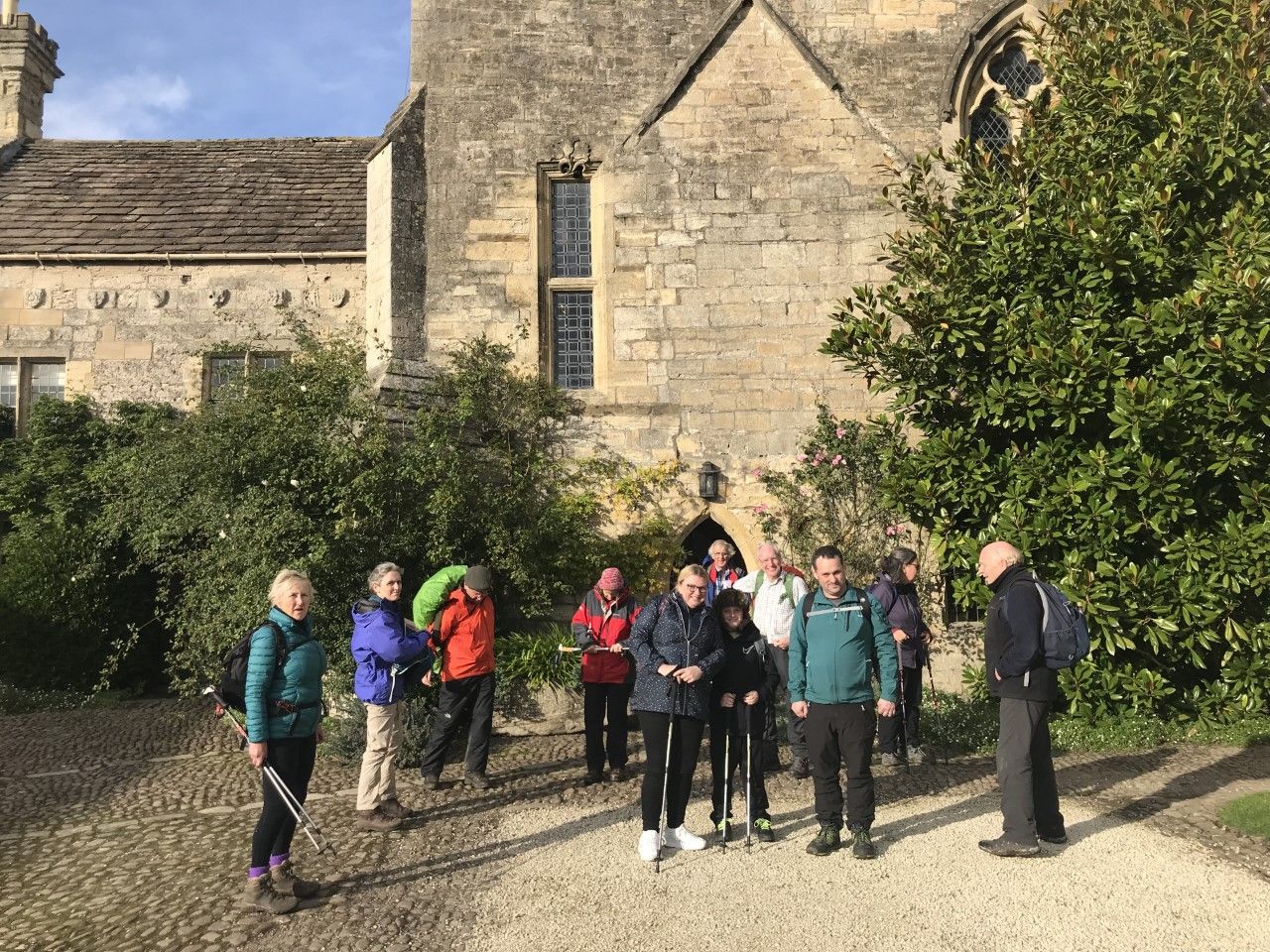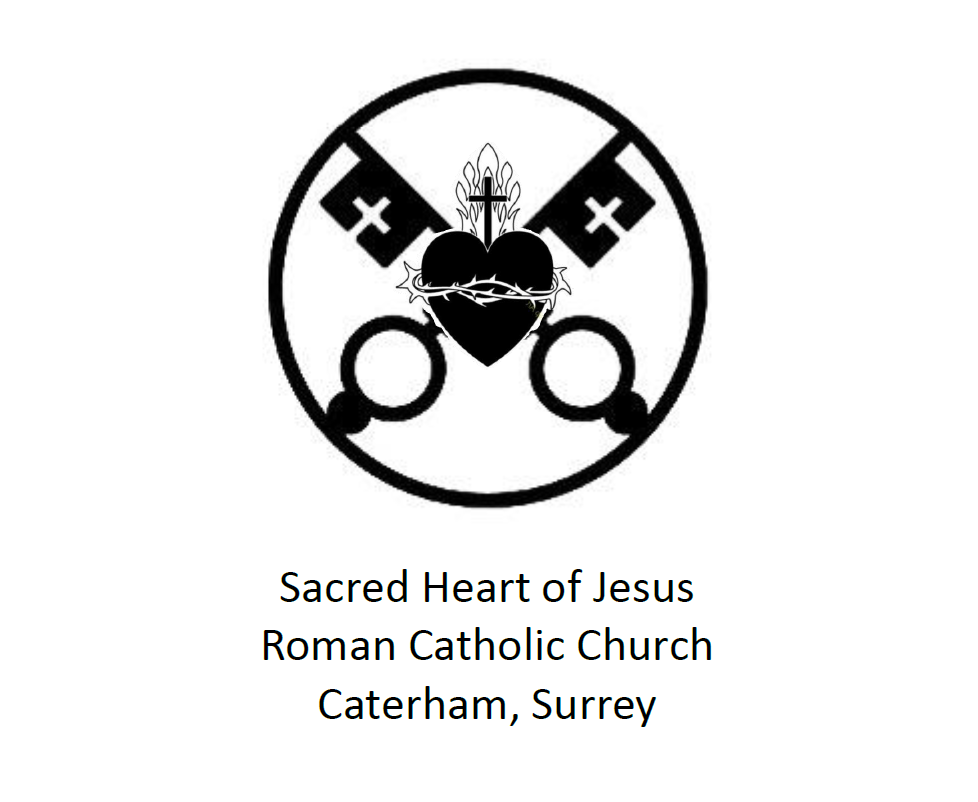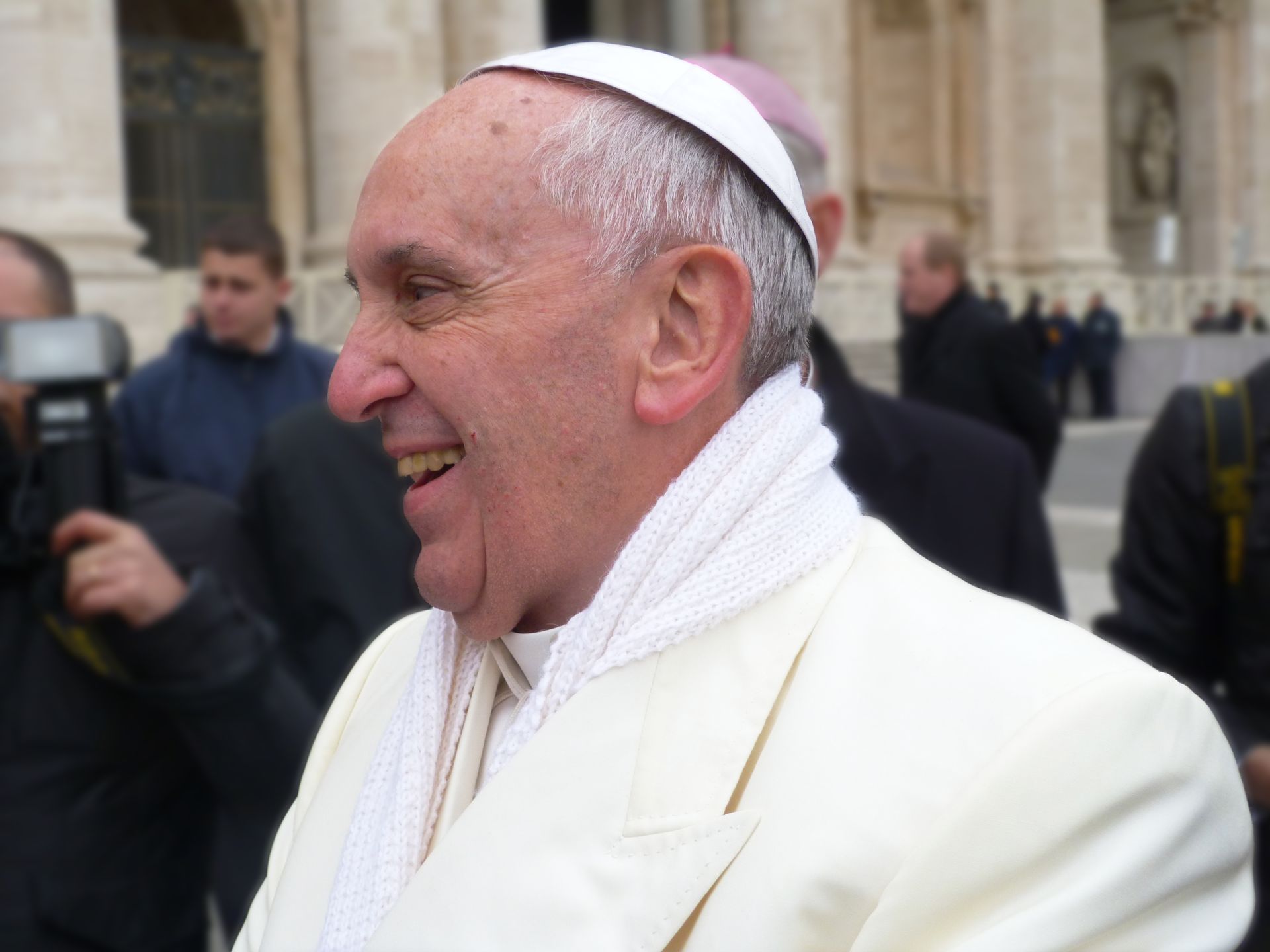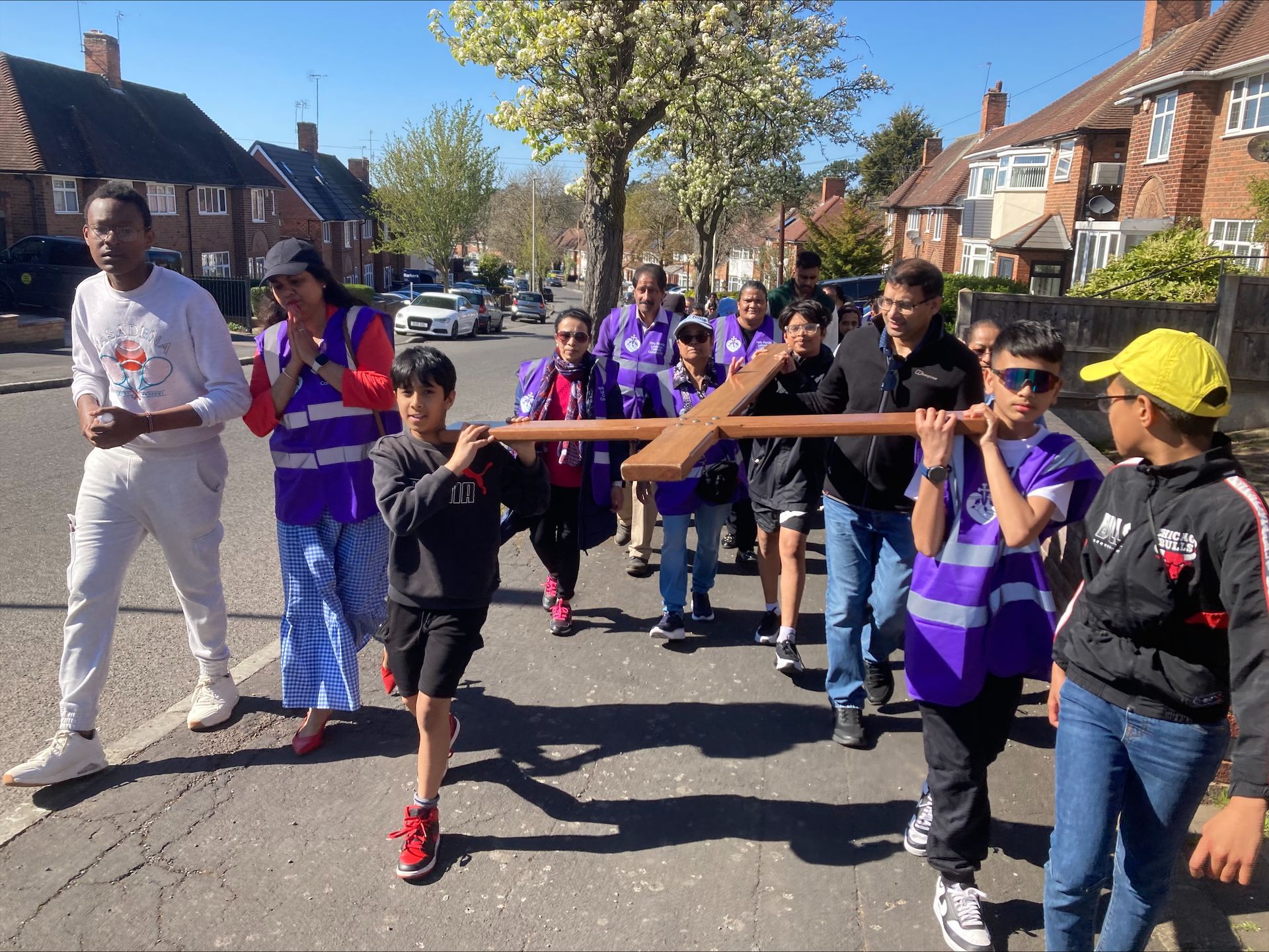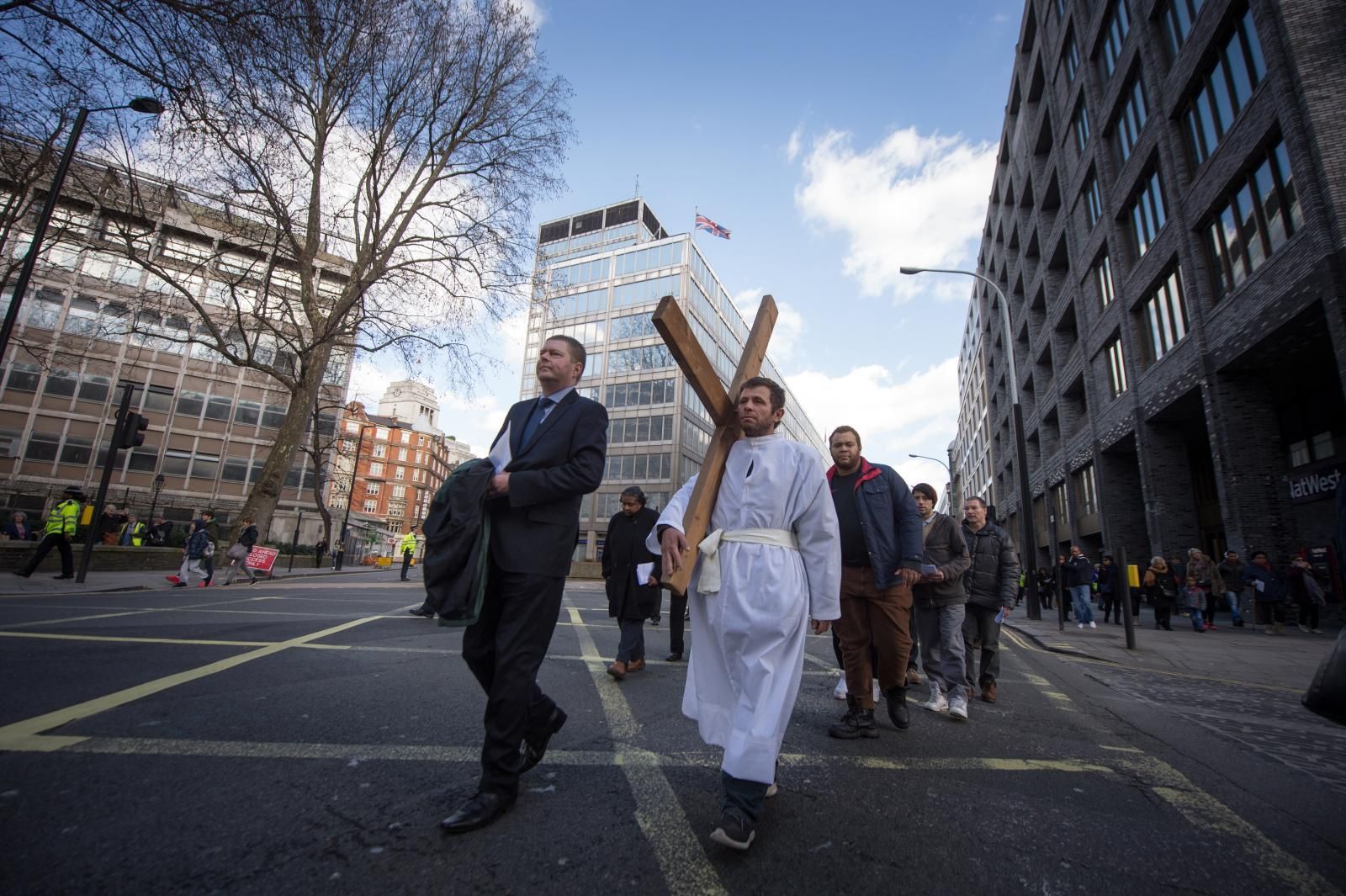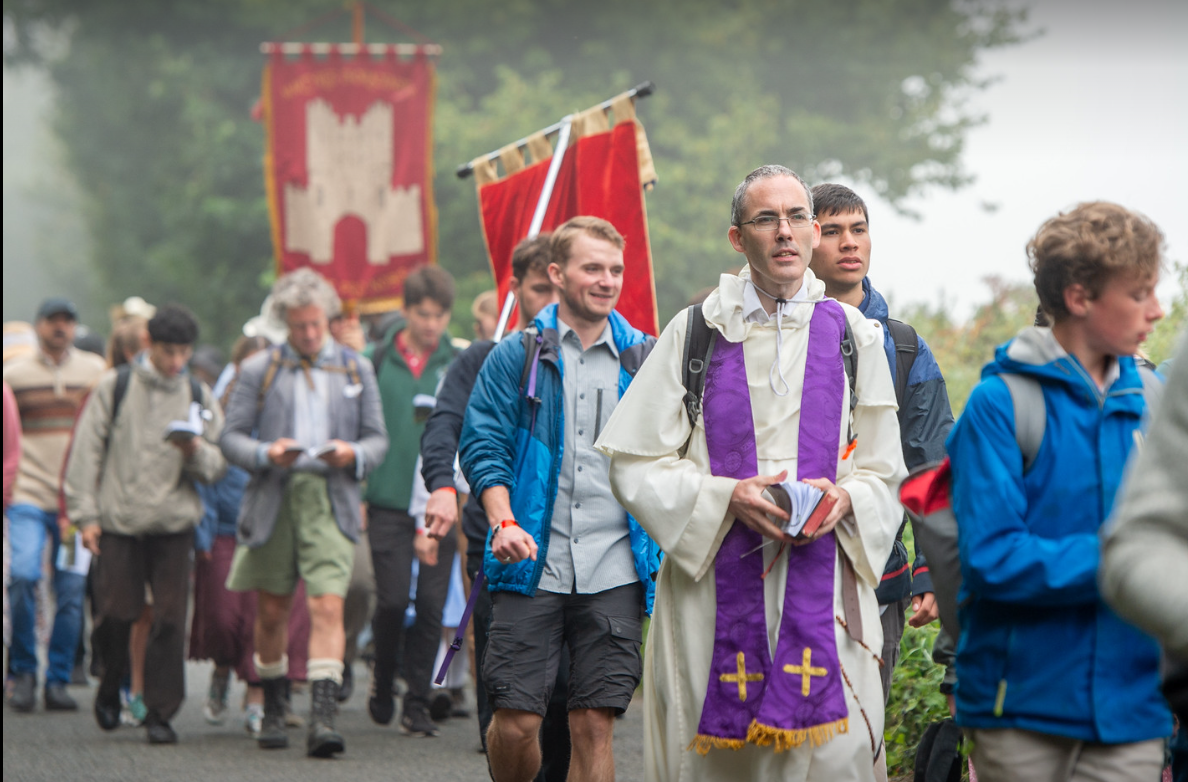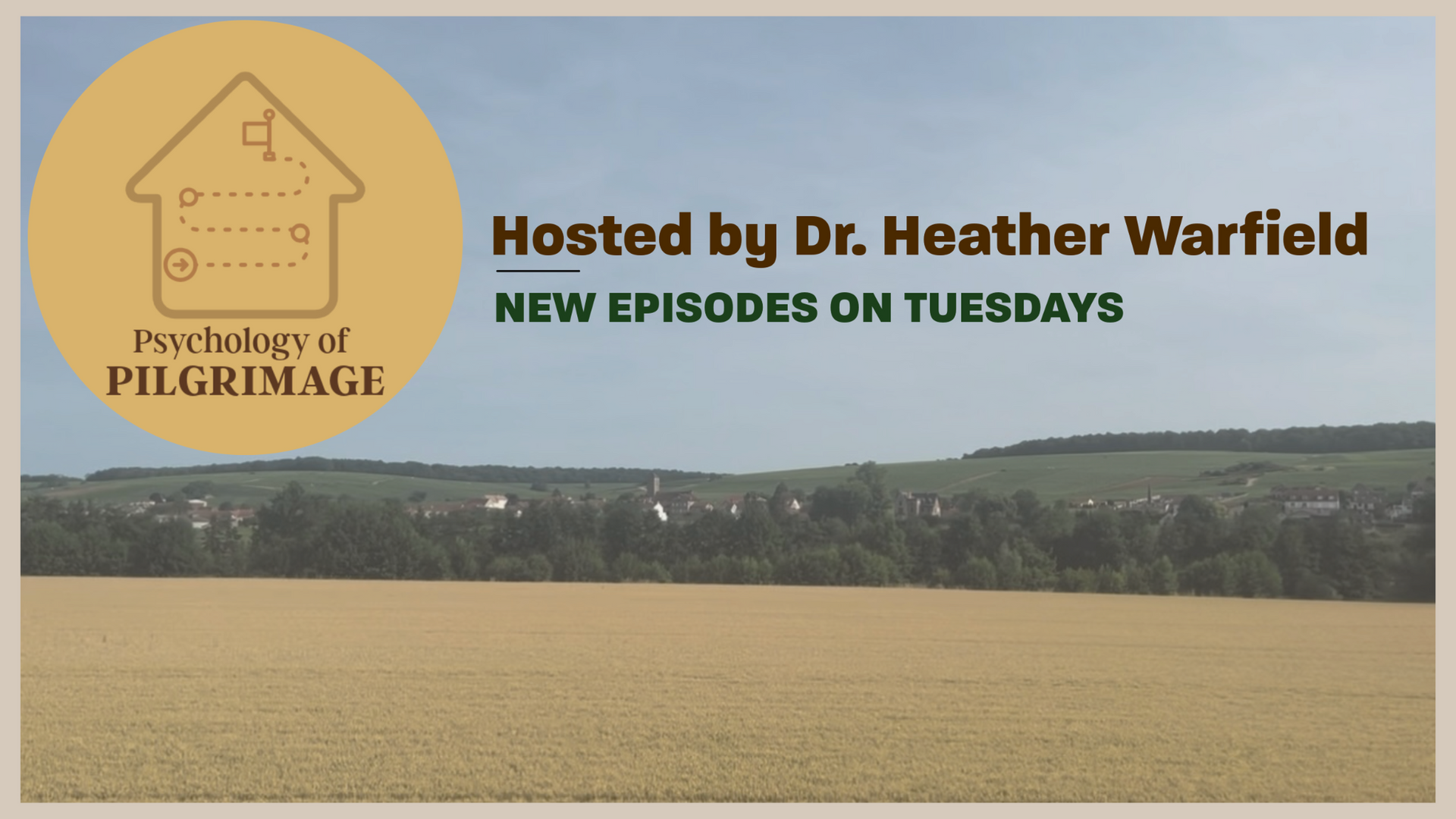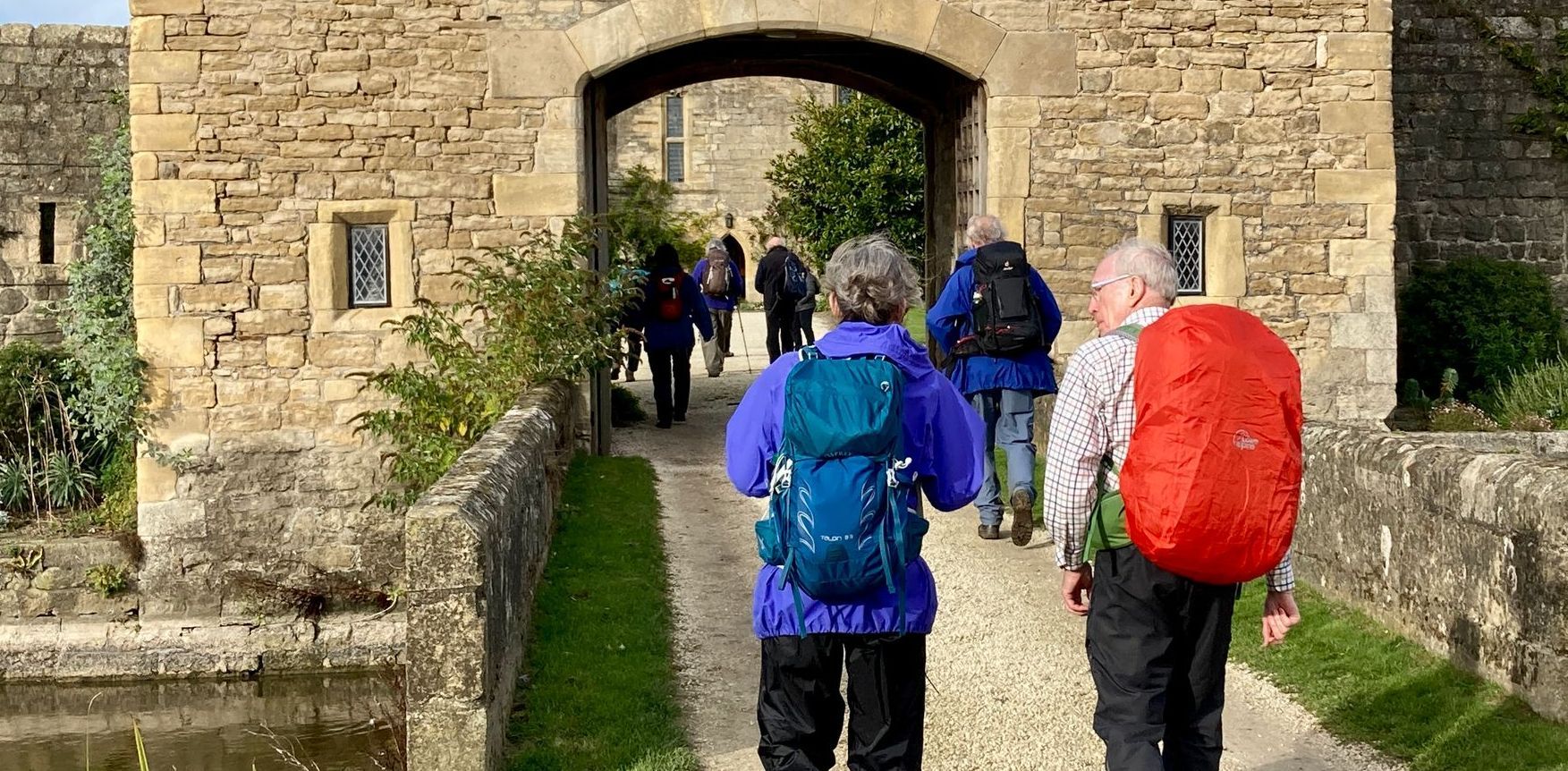Reclaiming the Religious Heart of Britain
Reclaiming the religious heart of Britain begins on the periphery of the UK’s circulatory system of pilgrim paths, ancient churches and sacred sites.
Our Catholic book club group and my family of four from the States, have completed three pilgrimages in Britain over the last year. The UK is so fortunate to have an unrivalled network of walking trails and right-of-ways for day hikers and thru hikers. Many, many routes have been mapped by the British Pilgrimage Trust. Selected, authentically medieval, paths need only to be adapted (and maybe even co-opted) toward Roman Catholic spirituality. For example, during our 150 mile walk with packs along the Pilgrims’ Way from Winchester to Canterbury in September 2022, we saw many ‘Pilgrim’s Lanes’, ‘Pilgrim’s Farms’, ‘Pilgrim’s Hills’, ‘Pilgrim’s Inns’, but we met no pilgrims! Unfortunately every beautiful old granite, flint and limestone Anglican church that we visited was always empty. There is nothing like some good old Catholic guilt (and introspection) to bring people back into churches, and not just on Sundays!
While everyone talks about the Camino Santiago, Britain is the real undiscovered country. Why not promote the Winchester to Canterbury pilgrimage to the martyrdom site of Thomas Becket with a visit to Canterbury Cathedral before concluding at the Catholic church of St. Thomas of Canterbury at 59 Burgate Street just 2 minutes away? Notably this church, as a final destination, is where the only true relic of Becket remains in Great Britain. Applying a Catholic highlighter to the North Downs route on the pilgrimage map emboldens the journey and elevates the destination. Such efforts have already been started via the Augustine Camino. Its method connects the RC Archdiocese of Southwark, the Carmelite Aylesford Priory, Canterbury Cathedral, St Thomas Catholic Church in Canterbury and St. Augustine Shrine in Ramsgate. Brilliant! Furthermore, the pilgrimage to Walsingham has been reclaimed with the London to Walsingham Camino. We should collaborate in a similar fashion with the pre-reformation churches associated with Celtic saint-oriented pilgrimages such as the Scottish Northern Pilgrims’ Way over 130 miles from St. Duthac in Tain to St. Magnus in Orkney. The Cornish Celtic Way from St. Germans to St. Michael’s Mount in Cornwall and the North Wales Pilgrims Way from Holywell to Bardsey Island are also ripe for ecumenical collaboration. These holy places retain their place in our Catholic history and they would benefit from a re-infusion of Catholicism.
We recently walked along Rev. Nigel Marns’ (of St. Paul’s CofE in Ludgvan) Cornish Celtic Way for 3 weeks in August 2023. It was very spiritually rewarding to look at this route through a Roman Catholic lens. The numerous Celtic saint’s holy wells, for example, are our heritage. We visited St. Cuby’s, St. Keyne’s, St. Gundred’s, St. Peter’s, St. Constantine's, St. Piran’s wells and many more. We made a point of praying at every Celtic Cross along the way. We detoured off the typical route for Sunday Mass in St. Austell. We freelanced an alternate route on one day to visit the ruins of St. Michael’s Chapel in Roche. Most importantly, we adapted the pilgrimage in a Catholic fashion by the rubric of:
1. A Celtic prayer from the Carmina Gadelica (I Am Bending My Knee or St. Brigit's Charm of Protection) at each holy well. This typically incorporated a baptismal renewal theme with a splash of spring water on our faces. Our bodily refreshment was usually completed with a cool, sweet drink through a LifeStraw filter!
2. The 12th Station of the Cross was read at each Celtic cross that we encountered. This was followed by a kiss of the stone cross. These actions reminded us of the Veneration of the Cross service on Good Friday;
3. We prayed the Litany of Divine Mercy at the altar of every Anglican Church along our pilgrimage route. We then finished with the prayer to St. Michael and a supplication to the patron saint of that specific parish church.
4. The midpoint of our walk was celebrated with the full Litany of the Saints on the precipice of St. Michael’s Chapel in Roche, Cornwall. This was a particularly unifying spiritual pinnacle for our family. During our walk, we were very much focused on pilgrimage as physical therapy for our souls.
5. During our walks in the UK, we gave pilgrimage specific single decade rosary chaplets to those people with whom we deeply connected on a personal and spiritual level. On the Pilgrims' Way from Winchester to Canterbury, we had a fairly penitential theme and our chaplets incorporated the Irish Penal Cross. They were very well received as we described them as 'Prayer Beads'. Even the Abbot of the Hospital of St. Cross and Almshouse of Noble Poverty in Winchester enjoyed the gift and promised to use it for the 'Jesus Prayer'. On the Cornish Celtic Way we designed 'St Michael Chaplets'. They also went over well. I even used mine as
extensions of the shoulder tensioners on my backpack. Clearly, we could easily be identified as Catholic pilgrims by our chaplets and badges. With so many attached trinkets, I feared that some Lollard would complain about our 'jingling bells' but our aim is ecumenism without antagonism. Our chaplets (30 for each pilgrimage!) were made by Rugged Rosaries from Houston, Texas.
While hiking, we were very much focused on pilgrimage as physical therapy for our souls. We also tried to adhere to St. Paul’s recommendation in Thessalonians: ‘Rejoice always, pray without ceasing, give thanks in all circumstances; for this is the will of God in Christ Jesus for you.’ Our pilgrimage concluded in Marazion with a crossing at low tide to St. Michael’s Mount. St. Michael the Archangel was truly our patron and our intercessor throughout our time in Southwest England. We prayed that he would guide us and help us to fuse the physical reality of these sites with the spiritual impact of every 'thin place'.
While pilgrims love the holy places, they cling to their pilgrim passports and covet church stamps as evidence of their journey. So then, the Roman Catholic churches which reside along these pilgrimage routes need to up their game. We should encourage Catholic Church Champing. The C of E is way ahead of us in this offering, but still in its infancy. Overnights in Catholic Churches would bring pilgrims closer to the people of the towns they visit. It would also build on our already ancient Benedictine tradition of hospitality. Notably, this engagement could also serve as a reminder of how much Britain lost with the dissolution of the monasteries. The typical contribution recommended by the Cornish Celtic Way was £10 per person per night. All of the Anglican Churches or their activity centres had a washroom/toilet, some had kitchenettes and the glorious few had showers on site. The British Pilgrimage Trust's Sanctuary Network provides another model.
To aid in this endeavour, a volunteer effort to produce church stamps for Roman Catholic churches along pilgrimage routes would be lovely. I could imagine a church specific stamp which emphasises the magisterium of Rome and the location in Great Britain. For example, a ‘Sacred Heart’ Church might have a stamp such as:
So then, it can be done and it is immensely rewarding to go on Catholic Pilgrimage in England. Many of the congregations are ‘High Anglo Catholic’. We truly share most things outside of King Henry VIII (and the 40 English Martyrs!). They are our brothers and sisters in Christ, and their churches are our patrimony as well. With a little imagination and ecumenical collaboration, we really can reinvigorate the spirit of the ‘Isle of Angels’.
Frans A Vossenberg hails from Fredericksburg, Virginia, USA. For more information about his pilgrimages in Britain visit: https://www.fredericksburgpilgrims.com/about
